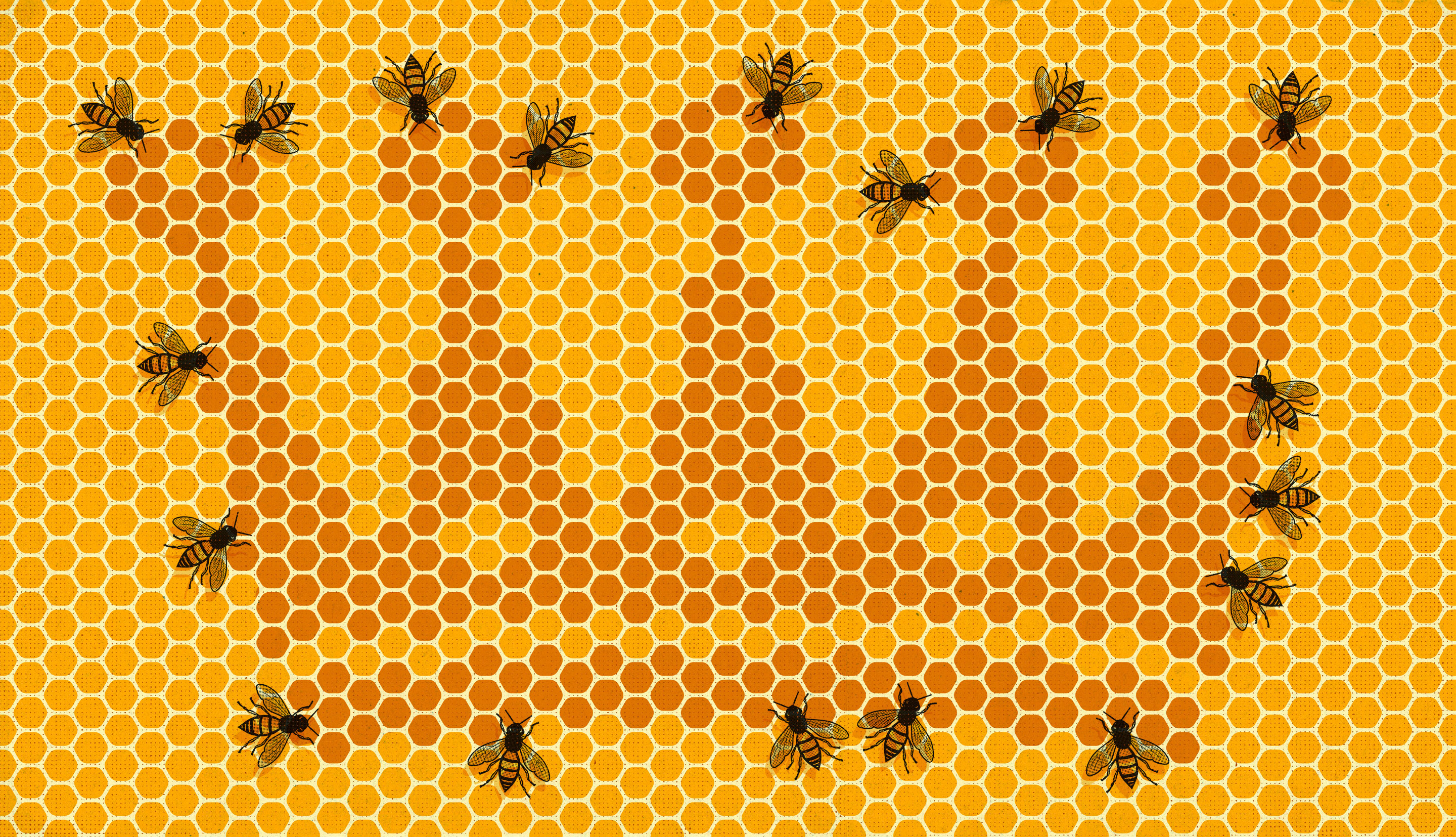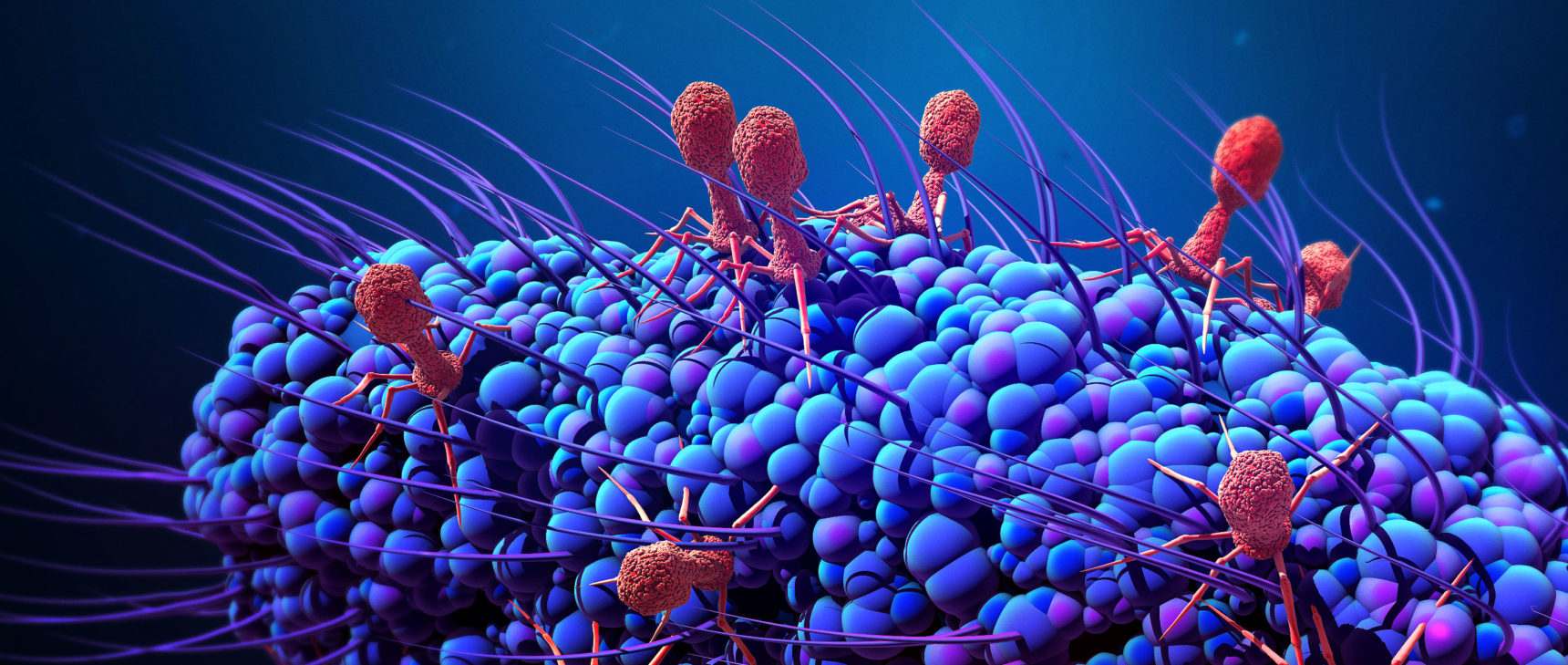How Equality and Inequality Shape the Birds and the Bees

Dan Page for Quanta Magazine
Introduction
Before tackling this month’s puzzle, try this simple physics experiment: Hold a ruler (or another thin flat object like a pencil) horizontally in front of you, supported at either end by your outstretched left and right index fingers. Now slide your fingers toward each other. If you do this slowly, you’ll find that one finger starts moving first but soon grinds to a halt. Then the other finger moves and stops. The alternating movements continue in fits and starts. Finally, your fingers meet close to the object’s center of mass, with the object balanced above. This will happen even if the fingers start at different distances from the center of mass. Now, with both fingers under the object’s center of mass, move them apart again. This time one of the fingers starts moving and races away until it reaches the end of the object!
You can explain why this happens using gravity, friction and the formula for levers. Readers are welcome to discuss this in the comments section below. For the purposes of this puzzle, let’s focus on how these two seemingly similar processes play out in radically different ways. In the first process, when an entity (here, a finger) accumulates a certain quantity of some property (in this case, movement), it becomes harder for it to add more. In control theory, this is called “negative feedback.” When subjected to negative feedback, initial fluctuations in the property of interest within a group are eventually ironed out, and everyone ends up with about the same amount. This results in regulation, uniformity or homeostasis. In the second case, known as “positive feedback,” the more you get of something, the easier it is to get even more. Any entity that is fortunate enough to catch an initial fluctuation gains more and more while its companions stagnate, resulting in inequality, inhomogeneity or “winner-take-all” dynamics. Both kinds of processes are commonplace in the biological world and, as you may have guessed, in economics.
Negative feedback allows our bodies to maintain the constancy of our internal environment, allowing us to survive by keeping the blood levels of scores of key substances such as calcium, potassium, glucose and certain hormones relatively constant. Similarly, negative feedback controls physiological parameters such as blood pressure and osmolarity. Positive feedback, on the other hand, is used to generate single episodic events, such as the ripening of fruit, the cascade of enzymatic reactions that causes the clotting of blood and, for human reproduction, the monthly maturation of a single ovarian follicle into an egg cell that can lead to the complex mechanism of childbirth. In an earlier puzzle column relating Turing patterns to animal markings, we discussed how the negative feedback process can smooth out fluctuations to create specific patterns such as precisely placed eyespots on butterfly wings, whereas the positive feedback process can amplify fluctuations to create unique random markings such as fingerprints.
In this puzzle, we analyze how the exquisite interplay of the two processes described above orchestrates the dynamics of reproduction in social insects. In a recent Quanta article, “How Insulin Helped Create Ant Societies,” Jordana Cepelewicz highlights the two things that social insects require to propagate their species. The first is the production of large numbers of eggs (reproduction), a process that’s tailor-made for winner-take-all dynamics, and the second is the care and feeding of the offspring (caretaking), which requires equal shared responsibilities by a large number of individuals. The article discusses a theory of the origins of eusociality proposed in 1987 by the evolutionary biologist Mary Jane West-Eberhard, based on a species where the same individuals perform both tasks, cycling from one to another. This has now been shown to depend on insulin signaling caused by the presence of larvae in one ant species. As Cepelewicz reports, “[West-Eberhard] had observed that solitary wasps cycled through reproductive and caretaking phases in sync with their ovarian activity, and posited that eusocial division of labor emerged when parts of that ovarian cycle became exclusive to each caste: The queens had constantly active ovaries for egg laying, while the workers, whose ovaries stayed suppressed, dedicated themselves to foraging and brood care.”
In our first puzzle problem, we consider a simple scenario that gives an intuitive feel for how such a division of labor might have come about.
Problem 1
Imagine a small bee colony of 10 females. Initially each bee’s ovaries are programmed to produce eggs at some constant rate over time. However, once the eggs are laid, their presence signals the bee’s ovaries to slow down the rate of egg laying and focus instead on caretaking. Now imagine that among the 10 individuals is a mutant that produces eggs at a faster rate and also does not respond to the “slow down” signal, but instead keeps producing eggs in a process that becomes easier with time until all the required eggs, say 20, are laid. Assume that each normal bee’s rate of egg production slows down 5 percent of the original rate for each egg laid, whereas for the mutant bee, the rate of egg laying increases 5 percent of its original rate for every egg laid. How much faster should the mutant bee’s initial egg-laying rate be, compared with a normal bee’s, in order for the mutant to take over 50 percent of the hive’s egg-laying duties? How much does this shorten the hive’s egg-laying phase?
The increased efficiency of this division of labor helps us intuitively understand how the caste system of social insects, in which the queen completely takes over the egg laying and the workers handle caretaking, could have evolved. A wondrous aspect of this is that the mutant queen is genetically identical to all the other bees! Its rapid egg-laying genes (which are present but dormant in worker bees) are expressed wholly because of its diet — the royal jelly that it is fed when young and the regular worker rations that it is specifically not fed. This is one of the most striking examples of how nurture affects nature in biology.
The different roles — producing offspring and taking care of them — are important in human biology as well, but in a subtler way. Since every individual must have a biological mother and a biological father, the average number of children produced by males and females in a given generation has to be exactly the same. But the far larger investment in child production required of a female compared with a male generally limits the number of offspring an individual female can have to between 10 or 20, with a possible recorded extreme of 69. Males have no such limit, and kings of yore have regularly fathered hundreds, or sometimes, as in the case of Genghis Khan, over a thousand children.
In statistical terms, the mean number of offspring of males and females in a given generation is exactly the same, but males have a greater variance in number of offspring. In societies unconstrained by strict confinement of reproduction to marriage, female reproduction tends to resemble a more equal, homeostatic process, whereas male reproduction tends toward winner-take-all (though not completely, of course). Under a certain kind of evolutionary selection, this leads to a difference in the number of generations required for the genes of an individual to become present in all future humans, which can happen even without conferring any specific advantage. It is quite plausible that at least one of the sons of a father with many sons might also have many sons and so on, thus hastening the spread of the already widespread genes of the prolifically reproducing father. So it appears likely that the number of generations it would take for the genes of a particularly prolific father to spread to all future humans is probably smaller than the time it would take for the genes of the most prolific mother to do so. This seems to predict that Mitochondrial Eve, the most recent female ancestor of all human females, whose mitochondria are present in all the women in the world, probably lived further back in time than Y-chromosomal Adam, the most recent universal male ancestor of all men. Can this be so? Our second problem gives an intuitive feel for this using a simple model.
Problem 2
Imagine the two following simple reproductive scenarios, one for females and the other for males, which may have taken place over a small number of generations long ago in a sexually reproducing species such as ours.
The female lineage starts with two females initially. Each female produces two daughters in a single generation, so that the next generation begins with four females. However, two random individuals out of these four are, for reasons of disease or death, unable to reproduce. The remaining two again produce a total of four offspring, out of which only two, chosen randomly, reproduce. The same process repeats every generation. For simplicity, we assume that the generations do not overlap.
The male lineage starts with two males, producing a total of four sons. However, in this case one of the males, chosen at random, can father zero, one, two, three or four sons, while the other one fathers the remaining number required to reach a total of four. Again, two of the offspring are unable to contribute to the next generation. The other two again share four offspring between them in the same random way, each one potentially fathering zero to four sons. The process is repeated over generations, which, as before, do not overlap.
What is the average number of generations it would take for one individual to become the most recent sole ancestor of all the individuals in the female and male lineages?
The numbers here are small and simple enough that you should be able to obtain an approximate answer without programming, using a spreadsheet or, if you are patient and determined enough, working it out on paper. Of course, those who want to write a program to solve it are welcome to do so.
Note that in the above problem, the number of offspring is small and the population remains the same from generation to generation, with some individuals dying off in a process known in evolutionary biology as K-selection. Would the result be the same if the population were growing exponentially?
I hope this puzzle will give you a feel for the interplay between these two dynamic processes found throughout nature. Happy puzzling!
Editor’s note: The reader who submits the most interesting, creative or insightful solution (as judged by the columnist) in the comments section will receive a Quanta Magazine T-shirt. And if you’d like to suggest a favorite puzzle for a future Insights column, submit it as a comment below, clearly marked “NEW PUZZLE SUGGESTION.” (It will not appear online, so solutions to the puzzle above should be submitted separately.)
Note that we may hold comments for the first day or two to allow for independent contributions by readers.
Update: The solution has been published here.



